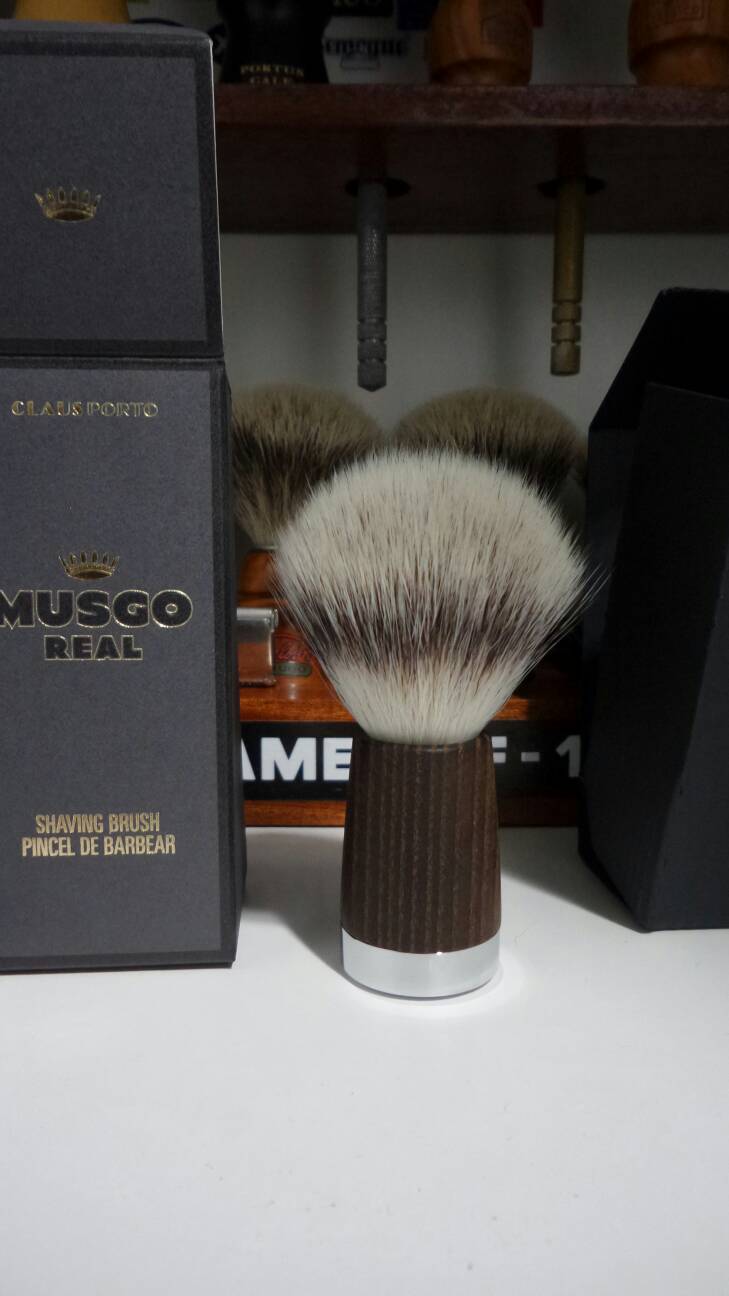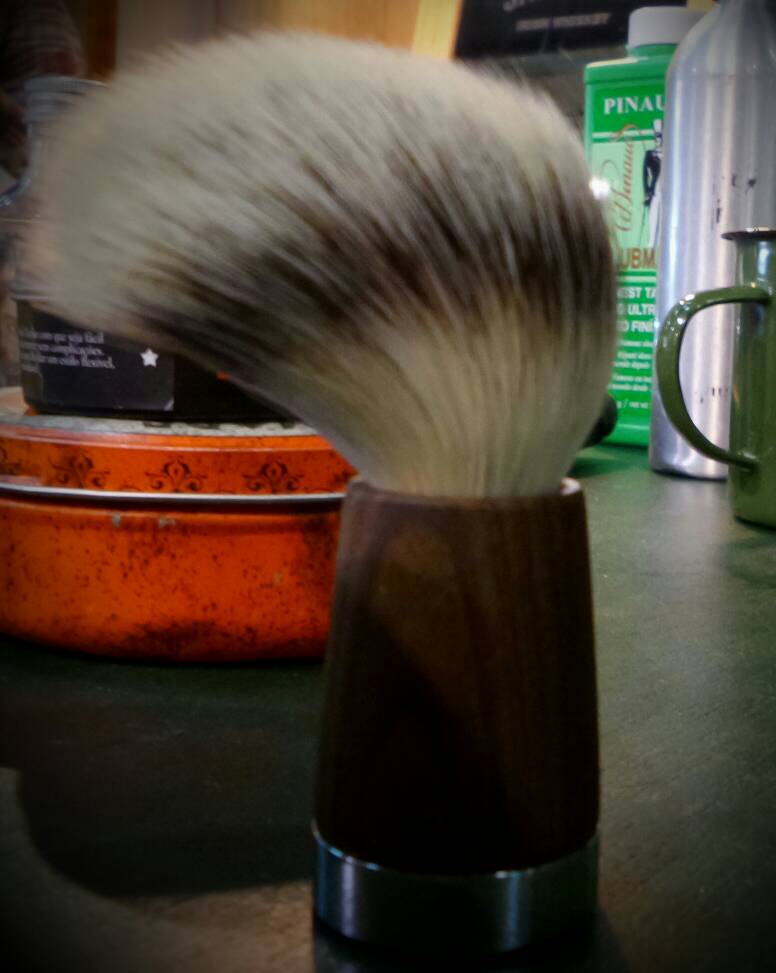Have you ever cooked the bristles of a brush carelessly by soaking them in very hot water before shaving?
This happened to a wild boar of mine, it seems that the texture of the bristles has changed a little.
This happened to a wild boar of mine, it seems that the texture of the bristles has changed a little.

Last edited by a moderator:










